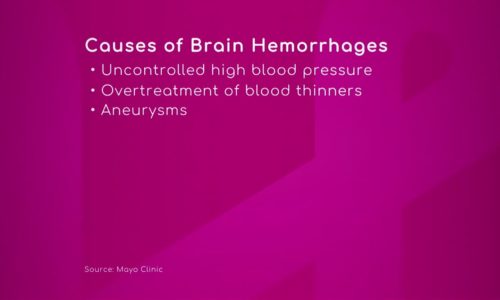Conservative Therapies of Arthritis |
Over-the-counter medications are the first steps to treat back pain, explains Dr. Ronald Tolchin, Medical Director of the Baptist Health Center for Spine Care. However, he recommends being very careful about them because they can cause side effects.
Other conservative therapies for treating arthritis are: injections, diet, exercise, weight loss and other natural therapies.
The doctor also says those therapies take about two or three days to start working.
Transcript
All right let’s move on to treating or managing arthritis and the different pain medications, or I know there’s injections, talked to us a little about how those apply depending on what kind of back pain you have.> So we can try different medications the simplest ones are the ones that are over-the-counter, for example without mentioning brands but the actual ingredients of ibuprofen or naproxen sodium are very standard over-the-counter medications that most people are familiar with, but you have to be very careful about these medications, for example people on blood thinners can’t take them, right people with stomach issues have had gastric ulcers should not take them, and you have to monitor your blood pressure, and your kidney function, because these are not benign medications, they work to bring down inflammation, but – they also affect other organs, – exactly they can affect other organs, things like acetaminophen okay that can help too, it’s anti-inflammatory like these other medications, I’m mentioning the ibuprofen and an approximant on steroidal anti-inflammatories typically you can get them over the counter but you can also get them in higher dosing prescription-strength, that most doctors would give them for back pain. > You mention injections here and I wanted to know about that because I know a lot of patients come in for that, but is that it’s that like an instant gratification kind of relief the injections?.> Sometimes yes for example if a patient comes to me and I’m doing an injection into the muscle, right into a tight area of the muscle it’s called a trigger point injection, and all I need to use is a little bit of an anti, is an anesthetic agent, and I put that in the muscle and then after I inject that muscle then I stretch it out and it goes back to its resting length, that could be instant gratification, sometimes I’ll put a steroid in so we talked about non-steroidal anti-inflammatories the strongest anti-inflammatories are the steroids you can inject those usually into joints the small joints in the back are called facet joints and you can inject around those joints you can inject the nerve that goes to those four set joints and all of those things can calm low back pain down but they take a little time to work usually about two to three days so they really start working.








